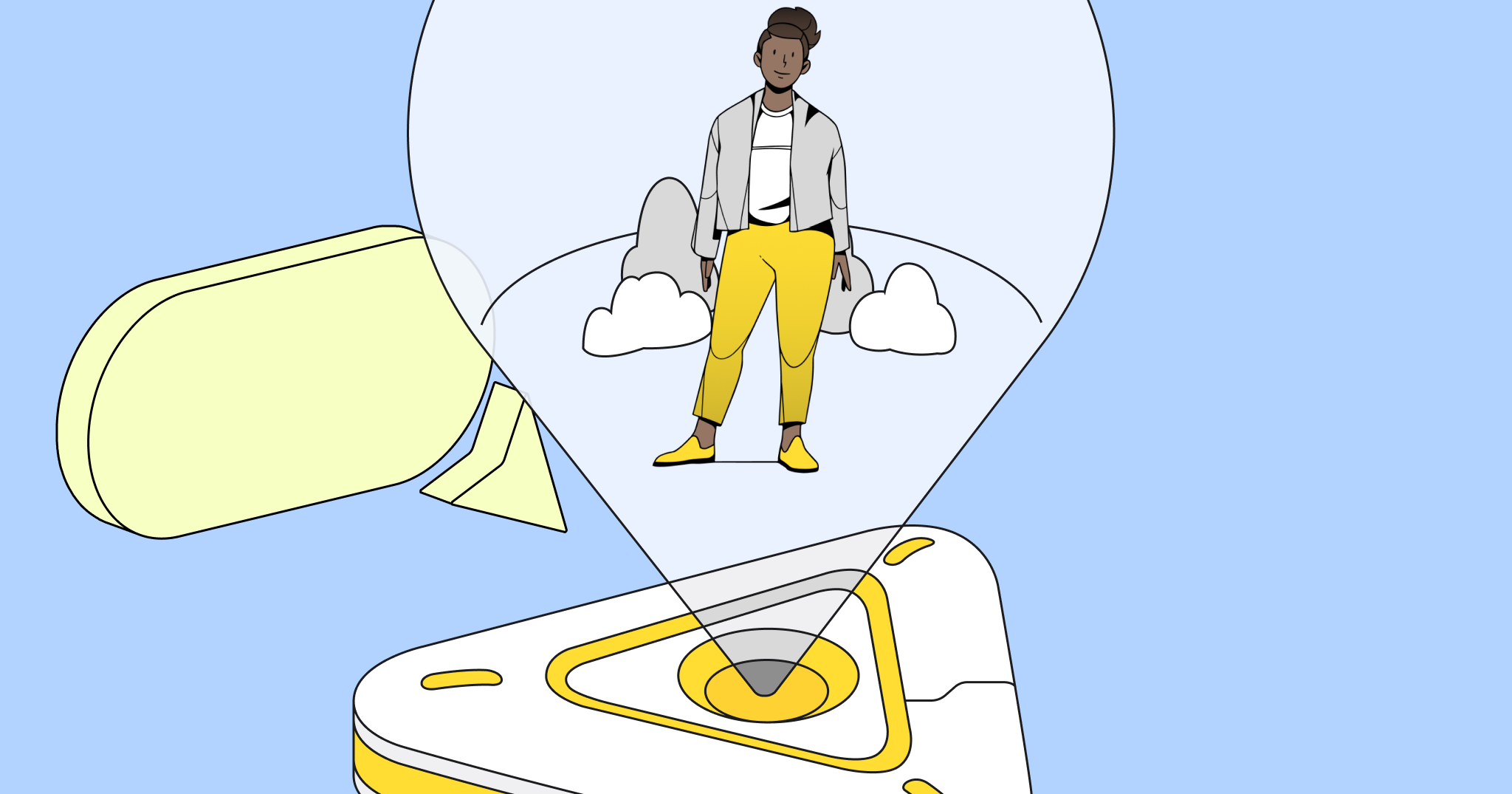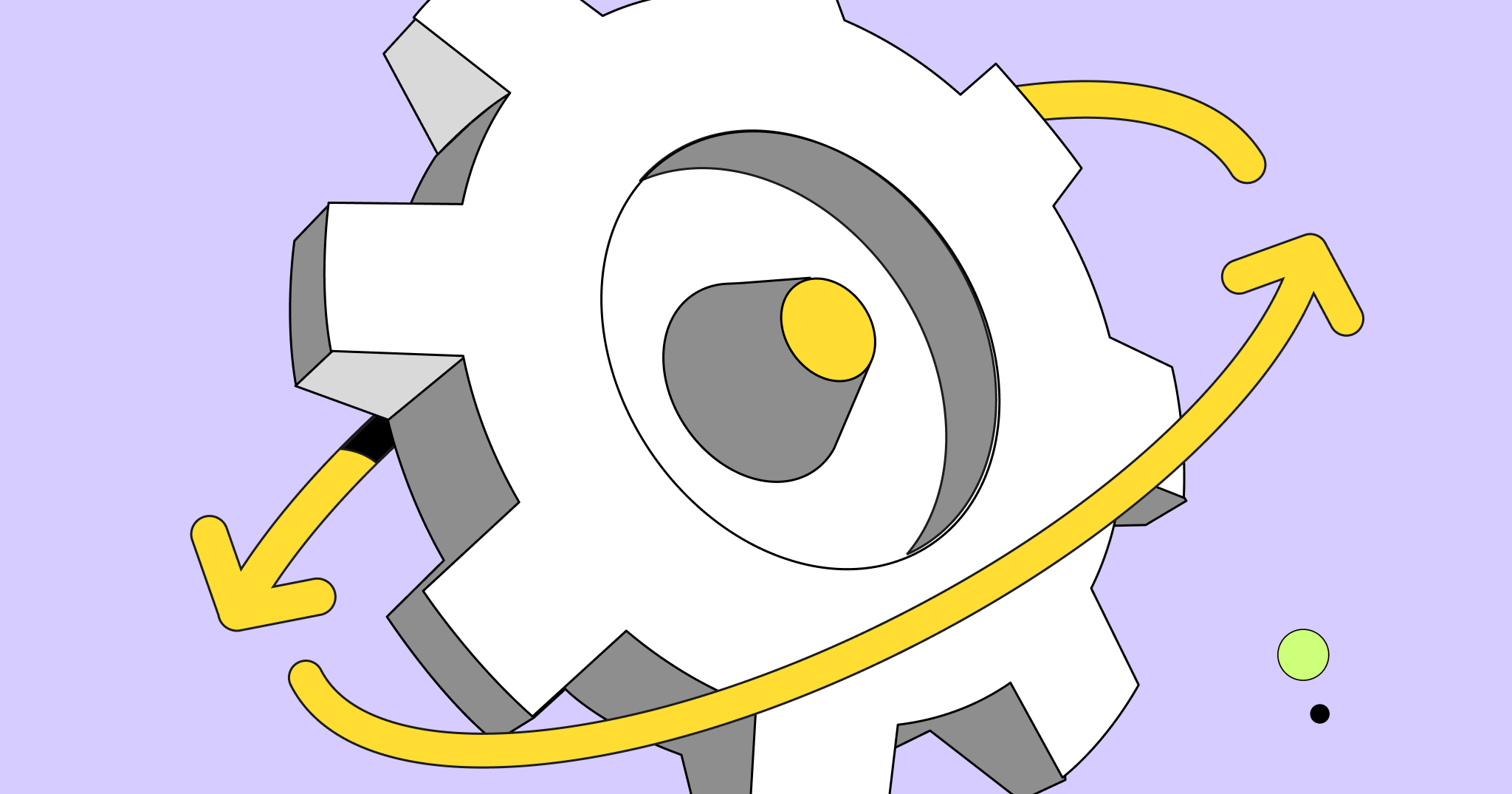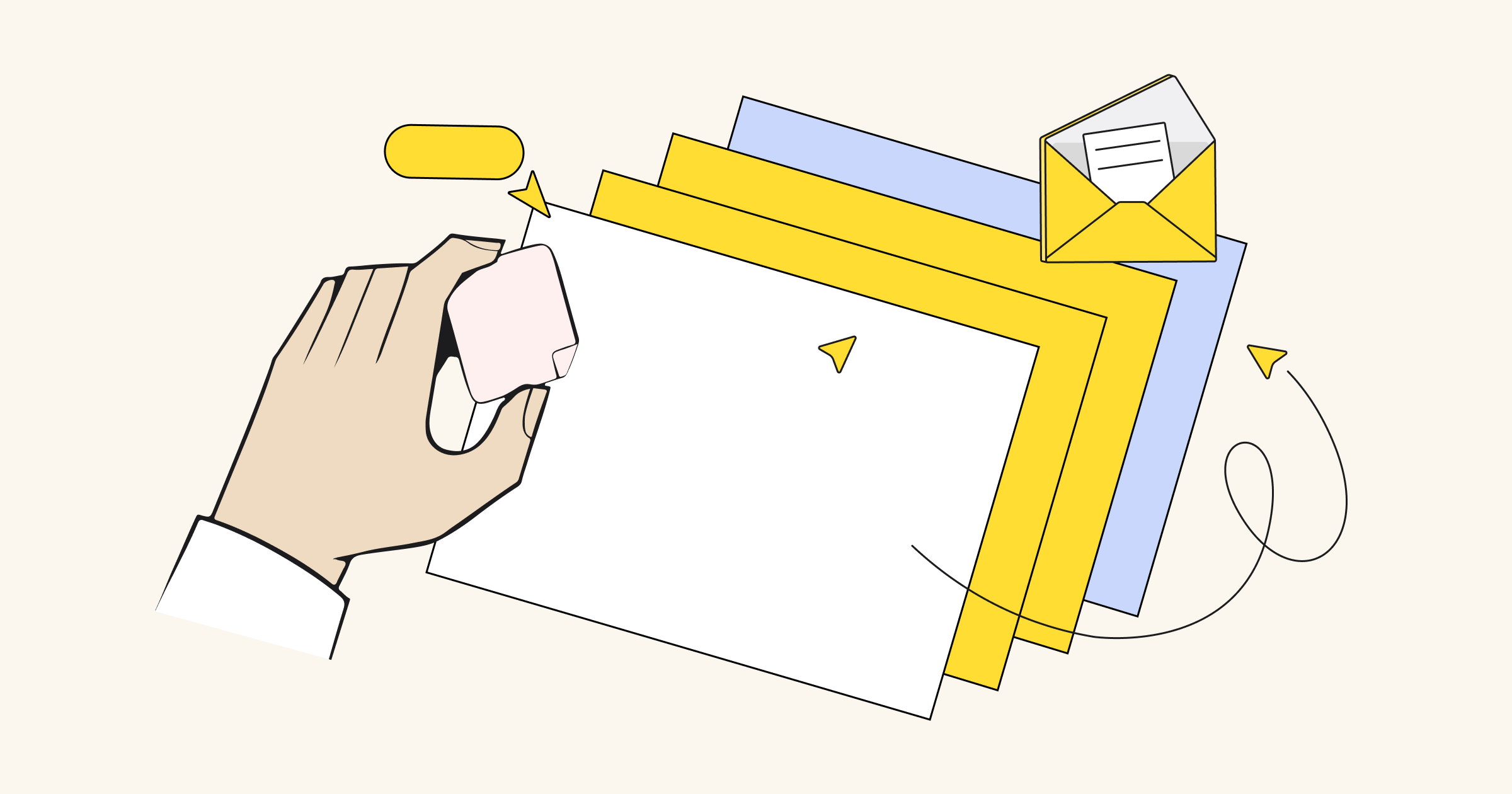Now that many businesses have made the leap to remote and hybrid work, some teams are struggling to sustain connection and creative momentum. Teammates can feel isolated, and silos can form across workstreams, hampering your team’s ability to collaborate. It can be difficult to build efficient workflows that support virtual and hybrid projects.
But with these challenges comes a great opportunity for team leaders to reimagine the workplace. And that’s exactly what they’re doing!
At Distributed 2021, our third annual virtual event, we brought together innovative team leaders from Zendesk, BaseHQ, and True Diversity in a panel discussion to talk about how they’re dreaming up new workflows for our hybrid world. Here are three key takeaways from the session.
Create space for teams to do great work
In our fast-paced culture, it can be easy to forget that our brains aren’t computers. We can’t simply power on at the beginning of the day and expect our brains to work the same way and at the same pace regardless of our environment. Now that we’re working virtually, it’s so important to be intentional with our workspaces — both online and in the physical workplace. That’s why team leaders are identifying ways to create spaces that aren’t incidental to employee experience, but that instead foster connection and innovation.
According to a survey Miro conducted in early 2021, over one-third of respondents reported a decline in mental health, and 57% say they are more likely to multitask during virtual meetings while working from home than they were before the pandemic. To combat burnout risk, BaseHQ’s teams are encouraged to “manage their energy,” and leverage the benefits of virtual work environments by organizing their day to optimize your energy.
Jeremy Wight, the Co-Founder and Head of Product & Engineering at BaseHQ pointed out that as a manager, you have to take more responsibility to help people recognize stimuli and how it affects them in their space, reminding his team, “you can’t use 100% of your energy for work all the time.” Balance is so important, and empowering teams to use their time the way that best suits them is key.
A huge part of staying focused during virtual work is managing and generating spontaneity. In a physical workspace, productive spontaneity happens organically. A teammate asks you to go for a walk, so you grab coffee together and chat about a project. But in a virtual work environment, those moments don’t simply happen. Team leaders should be intentional about creating space for teammates to step outside the box, whether it’s having an unstructured meeting where everyone can bounce ideas off each other, or encouraging the team to work outside their home for an afternoon.
Of course, “unproductive” spontaneity happens all the time in the home office, like when someone starts running a lawnmower outside in the middle of a presentation. Good leaders put their teams at ease by never expecting “perfection.” At True Diversity, teams embrace the “imperfections” as part of a fun, balanced environment.
When someone’s dog or toddler wanders on-screen, I encourage my teammates to spend a second giving them some love before getting back to the meeting!
Aloka Penmetcha, Chief Product Officer at True Diversity
Are your teams ready for hybrid work? Check out our Hybrid collaboration field guide.
Matthew Latikiewicz, the Senior Creative Director at Zendesk turned to the book The Extended Mind by Annie Murphy for inspiration. Murphy thinks of the mind not as a brain-bound single object like a computer, but as its own thing. Unlike a computer, we don’t simply process a series of inputs and return a series of outputs; rather, we think through our environment, peers, and habits. And all of these factors impact our ability to be creative and to get our best work done. To help create that environment, teams at Zendesk use Miro to collect inspiration, build and move objects like stickies, and help teams process information by visualizing it.
I started running design thinking sessions in Miro using typical IDEO formats. Miro allowed us to create a visible artifact that stuck around — it was spacial — so we could think together as a group.
Matthew Latkiewicz, Senior Creative Director at Zendesk
Join the Miro Community Book Club: The Extended Mind
Set goals and communicate to drive alignment
There’s no denying it: communication and alignment can be difficult for remote and hybrid teams. When juggling so many priorities, it can be easy for employees to find themselves disconnected from the big picture.
It’s important for team leaders to set realistic OKRs that map team objectives to the company’s high-level goals. Many teams fall into the trap of setting overly ambitious OKRs, which is understandable for growing companies. But when OKRs are too ambitious, the team ends up pushing too hard and can fail to accomplish even smaller goals. OKR framework templates can also help teams to stay focused by providing a clear structure for defining, tracking, and achieving objectives that align with company priorities.
To strike a balance, teams at BaseHQ do a monthly check-in that cascades throughout the entire organization. These check-ins ensure that OKRs are still realistic and allow the team to make adjustments as necessary.
Beyond OKRs, it’s important to keep your team aligned on individual objectives and help them connect their tasks to big-picture goals. Repeatable frameworks and templates make that a lot easier. Many team leaders use workflow mapping to document repeatable processes and complex projects and to communicate workflows to the entire organization. When teams have a single source of truth, it makes it easier for everyone to collaborate, ensures consistency, and builds trust.
We like to pair Miro with tools like slide decks to give context and create a compelling top-down narrative for how decisions made within a team can impact the entire organization.
Aloka Penmetcha, Chief Product Officer at True Diversity
Think outside the box to create team rituals
Though it’s been exciting to watch the rapid development of virtual work over the past few years, it is still in its infancy. Many teams are trying to take their favorite parts of in-person work and recreate them in a virtual space. To make the best use of our virtual workspaces, though, it’s time for team leaders to think outside the box: to create fun and useful team rituals that just wouldn’t be possible in a physical space.
At Zendesk, leaders like Matthew Latikiewicz draw on film and television to create engaging team rituals. All-hands meetings are structured like television shows, with segments, interviews, and mini documentaries. If an individual is working on an art project, for instance, they are encouraged to use their phone camera to give the team a virtual tour of their project. Miro is a huge part of how Zendesk creates rituals, encourages teams to have fun, and injects spontaneity into the workspace.
Hit the ground running with Miro’s OKR templates
Many teams use retrospectives tools to dissect how a project went and understand what to improve. Miro can help take retrospectives a step further. If a team has worked on a project using Miro — for brainstorming, meetings, design sprints, or anything else — it’s simple for the broader team to refer to the project board to see the history and get context.
At True Diversity, Aloka’s team introduced “fingerpainting sessions,” in which everyone gets together to riff off each other in a lighthearted, unstructured environment. It’s a great way to unwind and share ideas in an open setting. They’ve also found that using features like Slack Huddles can help reduce Zoom fatigue and make for more natural conversation instead of every meeting needing to be a video call.
Physical spaces have an energy advantage but often fall short when it comes to taking artifacts from meetings and bringing them into the digital realm where work is done. Miro is great because you can recreate that energy, and everything is already digital.
Jeremy Wight, Co-Founder; Head of Product & Engineering at BaseHQ
Beyond simply trying to turn a virtual workspace into a physical one, at BaseHQ, teams work to really understand how people are using tools like Slack and Miro so they can make the most of them. By polling teammates on how these tools fit into their workflows, team leaders can help better integrate these tools into the day-to-day work experience without causing extra friction.
Building the workflows of the future
Some might say there’s never been a more challenging moment for team leaders to create fun, creative spaces for teams to thrive. Fortunately, Miro is here to help. Start reimagining your own team’s workflows today with our workflow templates for collaboration, alignment, and team rituals.
Let Miro be your companion on this new adventure through the hybrid work era. Our Hybrid collaboration field guide is full of how-tos, step-by-step guides, and templates to help you tackle all the challenges of hybrid work.
Want to hear more from leaders at Zendesk, BaseHQ, and True Diversity? Check out the replay of their session “How team leaders are reimagining workflows that win with Miro.”




